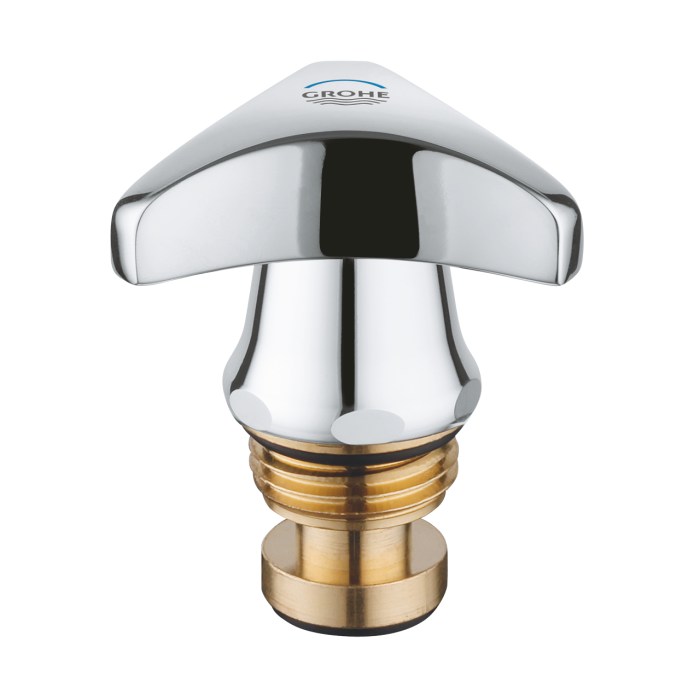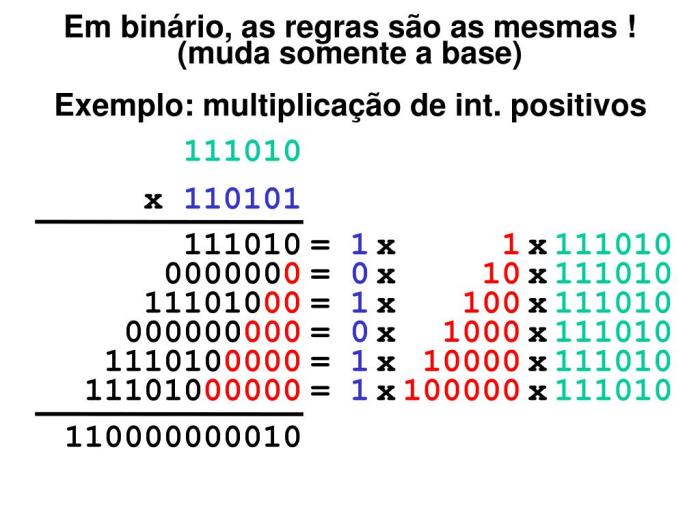What is the binary equivalent of the decimal number 232? This seemingly simple question unveils a fascinating journey into the realm of binary representation, a cornerstone of modern computing. Join us as we delve into the intricacies of converting decimal numbers to their binary counterparts, exploring the significance of each digit and uncovering the myriad applications of binary representation in our digital world.
To fully grasp the concept, we will begin by laying the foundation with a brief overview of the binary number system and its fundamental differences from the familiar decimal system. We will then embark on a step-by-step conversion process, demonstrating how to transform decimal numbers into their binary equivalents.
Binary Number System

A binary number system is a number system that uses only two digits, 0 and 1, to represent numbers. This system is commonly used in digital computing because it is easy to implement in electronic circuits.
The following table compares the binary and decimal number systems:
| Decimal | Binary |
|---|---|
| 0 | 0 |
| 1 | 1 |
| 2 | 10 |
| 3 | 11 |
| 4 | 100 |
| 5 | 101 |
| 6 | 110 |
| 7 | 111 |
| 8 | 1000 |
| 9 | 1001 |
Converting Decimal to Binary
To convert a decimal number to binary, we divide the number by 2 and record the remainder. We continue to divide the quotient by 2 until the quotient is 0. The remainders, read from bottom to top, form the binary representation of the original number.
For example, to convert the decimal number 232 to binary, we perform the following steps:
- 232 ÷ 2 = 116 remainder 0
- 116 ÷ 2 = 58 remainder 0
- 58 ÷ 2 = 29 remainder 0
- 29 ÷ 2 = 14 remainder 1
- 14 ÷ 2 = 7 remainder 0
- 7 ÷ 2 = 3 remainder 1
- 3 ÷ 2 = 1 remainder 1
- 1 ÷ 2 = 0 remainder 1
Therefore, the binary representation of 232 is 11101000.
Binary Representation of 232
The binary representation of 232 is 11101000. This can be broken down into the following digits:
- 1: The most significant bit (MSB) represents the 2 7place.
- 1: The second most significant bit (SMsb) represents the 2 6place.
- 1: The third most significant bit (TMsb) represents the 2 5place.
- 0: The fourth most significant bit (FMsb) represents the 2 4place.
- 1: The fifth most significant bit (5MSb) represents the 2 3place.
- 0: The sixth most significant bit (6MSb) represents the 2 2place.
- 0: The seventh most significant bit (7MSb) represents the 2 1place.
- 0: The least significant bit (LSB) represents the 2 0place.
Applications of Binary Representation, What is the binary equivalent of the decimal number 232
Binary representation is used in computing for a variety of purposes, including:
- Storing data: Binary numbers are used to store data in computer memory and on storage devices.
- Performing calculations: Binary numbers are used to perform calculations in computer processors.
- Communicating data: Binary numbers are used to communicate data between computers and other devices.
Detailed FAQs: What Is The Binary Equivalent Of The Decimal Number 232
Why is binary representation important?
Binary representation is crucial in computing because it provides a standardized method for representing data in a format that can be easily processed by electronic devices. Its simplicity and efficiency make it ideal for storing and manipulating information in digital systems.
How are binary numbers used in computers?
Binary numbers form the foundation of computer architecture. They are used to represent data, instructions, and addresses in memory and registers. Binary operations, such as addition and multiplication, are performed by the computer’s arithmetic logic unit (ALU) to execute instructions and process data.
What are the advantages of using binary representation?
Binary representation offers several advantages, including simplicity, efficiency, and reliability. Its simplicity makes it easy to implement in hardware and software. Efficiency stems from its use of only two symbols (0 and 1), minimizing storage requirements and processing time. Reliability is enhanced by the inherent error-checking capabilities of binary systems.


